What Do You Expect of Your Companions?

Is your partner less than perfect? Does your sibling sometimes annoy you? Do your kids? How about your parents, or your friends? If you’re like pretty much everybody, the answers are probably, yes, all the way around. A new study confirms that our relationships with our pet dogs are the same. Sometimes they do stuff […]
Introducing “The Relevance of Breeding in Choosing a Pet Dog”
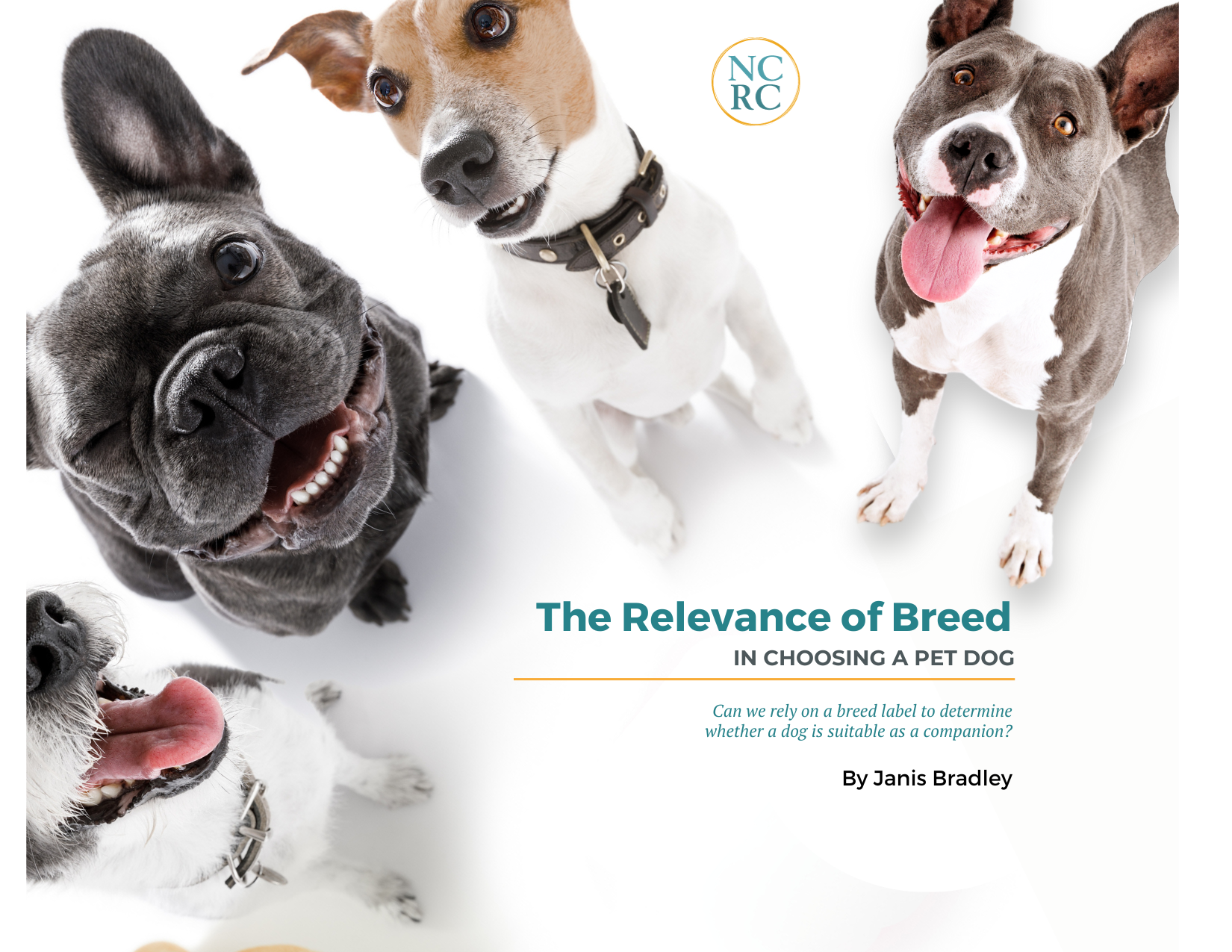
We are thrilled to announce the release of our latest version of the publication, “The Relevance of Breeding in Choosing a Pet Dog” This booklet, part of our NCRC Vision Series, delves into the important topic of how “breed” plays a role in choosing a companion dog. As a non-profit canine behavior science and policy […]
Building Social Competence: The real deal in dog safety training

In 2013 the most comprehensive study to date asked whether the dogs (fewer than 1 dog in 2 million) involved in dog bite-related fatalities (DBRF) had anything in common with one another. The collaboration of a veterinary epidemiologist, a public health expert, an animal behaviorist and dog behavior researchers examined the available evidence regarding every […]
Canine public policies shouldn’t be created from media reports
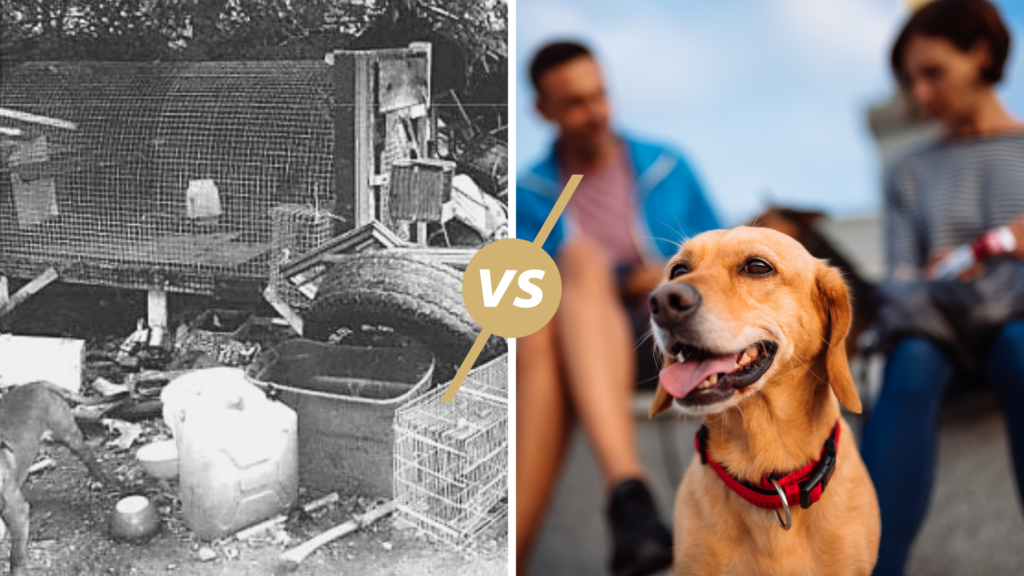
Dr. Gary Patronek and his colleagues, the authors of a ten-year study of dog bite-related fatalities (DBRF) did something not attempted before or since—they gathered their data from massive accumulations of reports and interviews done by officials, from investigating officers to coroners and pathologists. Previous work on the subject had always been based on collections […]
The QAnon of Canine Behavior Science

A story on NPR reports that the most popular facebook post on the brief suspension of the Johnson and Johnson vaccine in April was not CNN or NYT or ABC News or Fox News. They were all in the top five, but number one was a conspiracy theorist called An0maly who describes himself as a “news […]
“What kind of dog is that?” Asking the wrong question and answering it badly
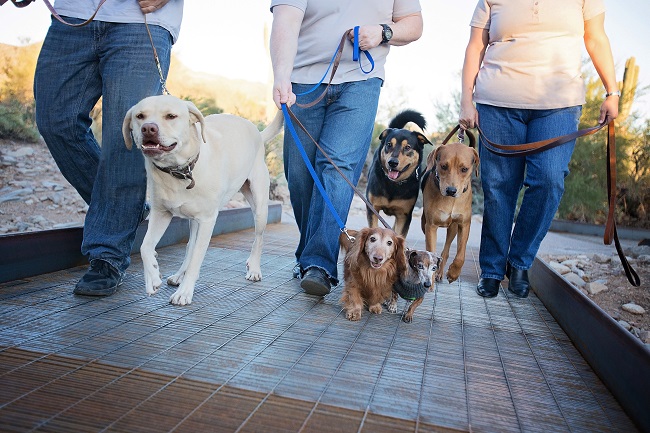
Our review has revealed no findings of breed based behavioral differences that successfully overcome all the difficulties presented by this question.
Unvalidated, unreliable, and unnecessary: Evidence for the case against formal behavior evaluations for shelter dogs
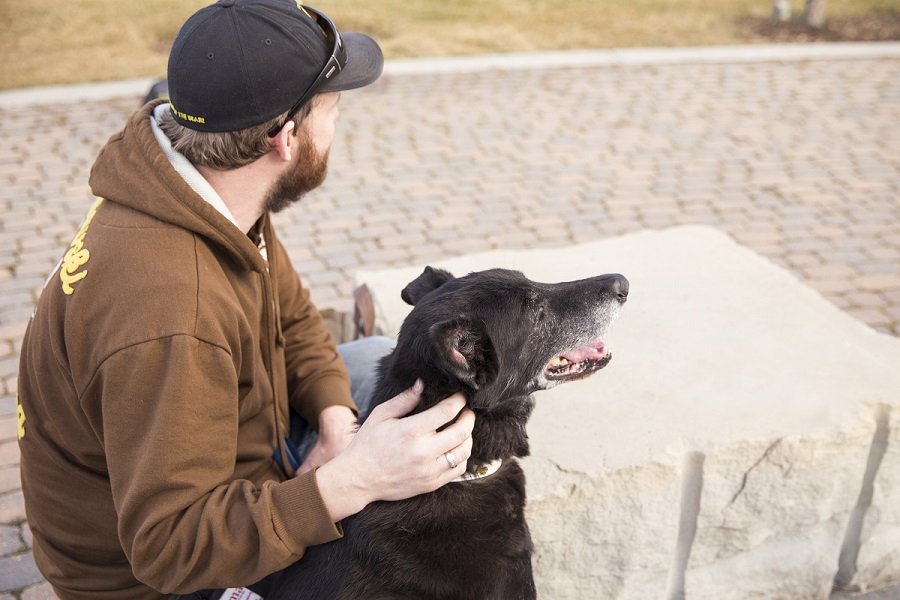
A 2019 article demonstrates that no canine behavior evaluation used for shelter dogs meets accepted scientific criteria that would justify routine use in shelters.
There’s No Place Like Home
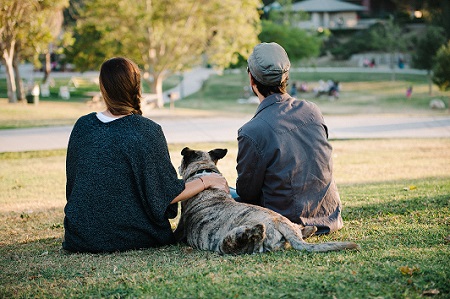
A stay in a foster home before adoption and even adoptions that end in the return of a dog to the shelter enhance the chances of rehoming for dogs who find themselves between owners.
When Doctors Stray Outside of Expertise
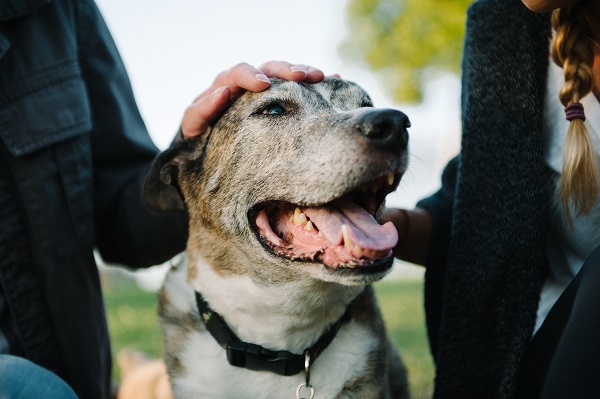
Study finds that the literature on dog bites written by human health care professionals is rife with distortions and errors, and laden with rhetorical devices that mischaracterize dog behavior and grossly overstate the actual risk of dog bite injuries.
What type of dog is that? Can you tell just by looking?
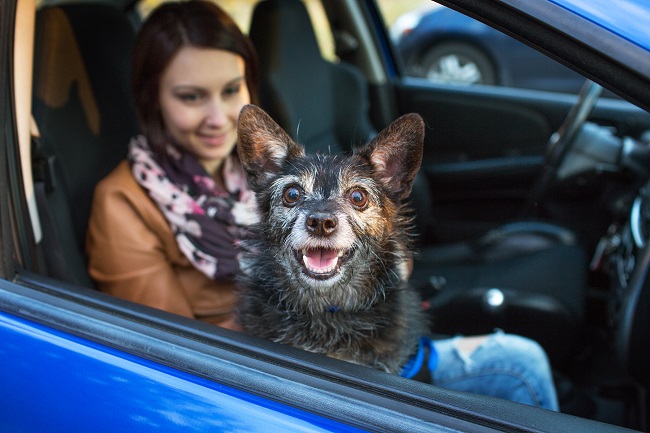
Take a look at the growing body of evidence on visual breed identification, and commit to shifting the paradigm of how we identify and discuss dogs in our daily lives.

